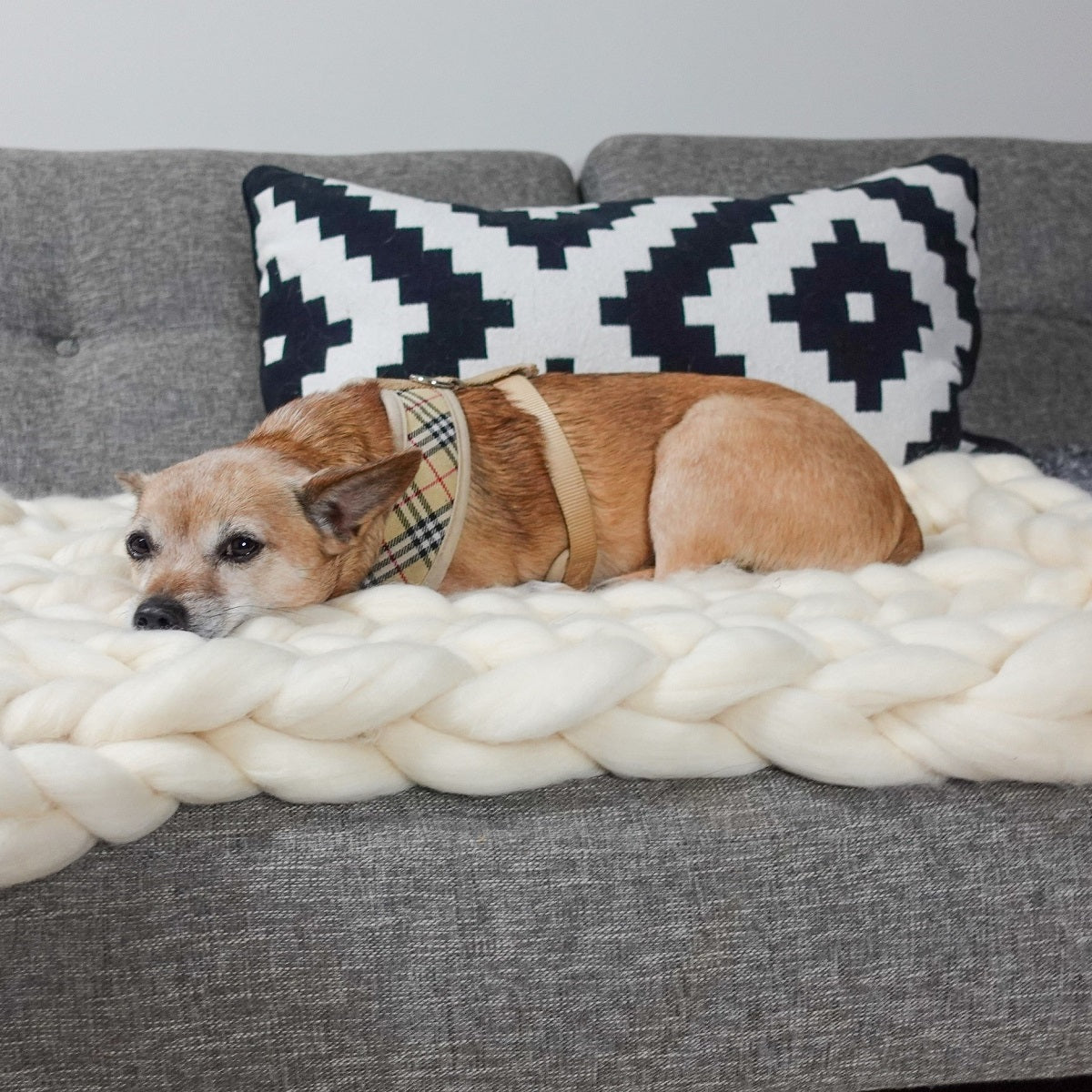Corriedale Sheep History:
Corriedale sheep are a relatively new breed of sheep that have been around since the mid 1900s. James Little is considered the Godfather of the Corriedale sheep breed. Having come from England to New Zealand with Lincoln sheep he quickly realized the terrain and arid environment was not ideal for the Romney sheep that were more accustomed to cooler, wetter climates.
It was at this juncture that he decided to try cross breeding Merino and Romney sheep to create what is now called the Corriedale sheep. Because of this, Corriedale is now frequently referred to as “New Zealand’s own sheep” as it is the first breed of sheep the country could call its own and it’s now very important to the identity of New Zealanders.
What are Corriedale Sheep Known For?
The Corriedale breed is popular among fiber artist and crafters of all kinds. While it has a higher micron count than Merino (typically 27 – 33) making it not quite as soft, it still holds many properties of merino with added durability of the Lincoln breed.
Corriedale properties that make it unique from other sheep breeds:
- Fineness – The Corriedale fibers is medium grade fineness (27 – 33) but still very soft to the touch relative to other breeds of sheep.
- Fiber Length – Corriedale wool fibers are classified as long staple length (between 3 – 5 inches) making it a great wool for advanced and beginner spinners.
- Natural Crimp – Corriedale has a very defined crimp (great for spinning into yarn). It is more difficult to spin fine, but it makes a perfectly bouncy DK or heavier weight yarn.
Is Corriedale Wool Better for Wet Felting or Needle Felting?
Corriedale is perfect for needle felting because of the diameter of the wool fibers and the very springy texture. These characteristics make it easy for the felting needle to catch on the wool fibers. Many crafters prefer Corriedale as their go-to core felting wool rather than merino or lesser known breeds.
While it’s perfect for needle felting crafters also use it for wet felting projects, however, it is best blended with merino or another faster felter breed for wet felting projects. Adding Corriedale to a wet felting project slows the felting process which gives you more control over the final piece, but it will also make the piece a tad more bulky in most cases.
What Makes Corriedale Wool So Popular?
As we’ve touched on above, Corriedale is an all-in-one wool breed for many crafters, which is why it has become so popular so quickly. The all-purpose breed is enjoyed y spinners, weavers, felters, knitters and crocheters alike.
Popular Project Uses
- Hand-spinning with a spinning wheel or drop spindle for your next knitting or crocheting project
- Perfect for knitting or crocheting outerwear such as hats, gloves, rugs and other housewares
- Creating chunky yarn arm-knit blankets and/or pet beds
- Great for weaving and tapestry art projects
- Felters appreciate it’s easy felting ability
- Knitters, crocheters and weavers love the grippy-ness that Corriedale has so any colorwork and weaving done with it won’t become loose or slip
- Perfect DIY wool dreads (dreadlocks for hair)
How to Care For Your Corriedale Projects:
- Machine washable – Corriedale is easily washable up to 40 degrees Celsius so it can be washed with all your other clothing and regular detergent can be applied.
Try our beautiful, all-natural Corriedale wool roving today and let us know what you think!

Looking for a different wool breed? See our natural, cruelty free selection here!


